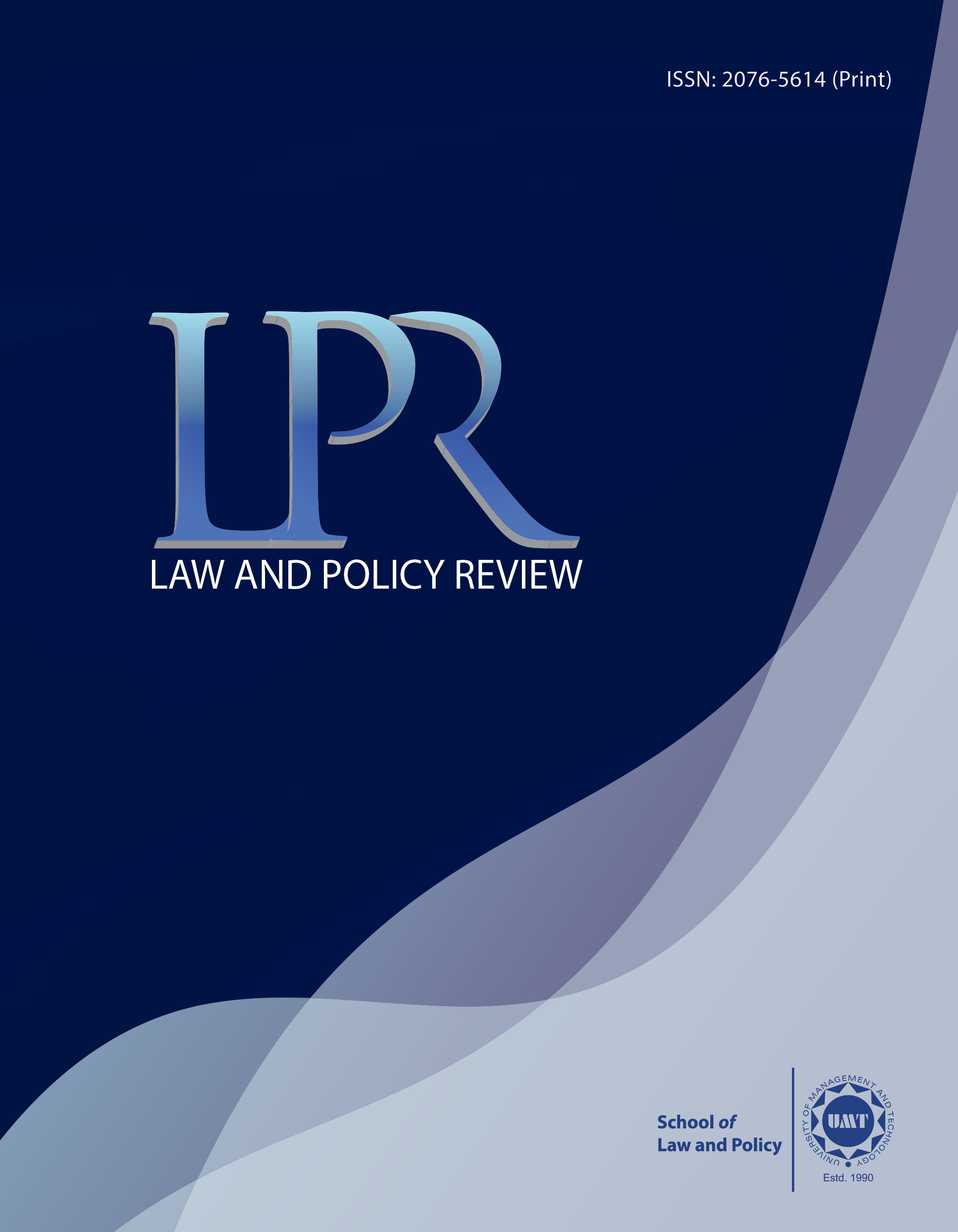Massacre: An Analytical Approach towards Legal, Social, and Psychological Aspects
Abstract
 Abstract Views: 40
Abstract Views: 40
The fields of sociology, law, and psychology have paid little consideration to the subject of mass killings of civilians. Without a doubt, this fact is influenced by the topic matter. Researchers who study mass killings face three distinct challenges. Studying something that makes you feel fear and loathing is quite normal. In this process of studying mass killings reasons, civilians are murdered and injured. It is possible that populations are at the heart of their reasoning. A conflict's psychological and political dynamics may be profoundly altered by mass killings, which are not just marginal or collateral incidents. As a result, it is appropriate to treat it as a distinct topic. Mass murder may be studied in three different ways by the social sciences. The organization’s strategic functions are examined first. Our CERI colloquium focused on methods, and I've discussed them here to demonstrate both their importance and their limits. One of the main goals of this method is to find out how individuals, due to their own personal reasons and feelings, are able to participate in the perpetration of mass murders. This is a worthy research path as long as it is backed by scientific evidence: It's a common misconception that the torturers' camp is a single group, although this is seldom the case. As a result, of the widespread usage and regularity of massacres, civilized civilizations see them as an illness, and an undesirable quality.
Downloads
References
Aarstad, J. (2013a). Implicit attitudes turned upside down: how the utøya massacre may have affected Norwegians’ perceptions of the “Hussein” word. SAGE Open, 3(1), 1–7. https://doi.org/10.1177/2158244013481479
Dutton, D. G., Boyanowsky, E. O., & Bond, M. H. (2005). Extreme mass homicide: From military massacre to genocide. Aggression and Violent Behaviour, 10(4), 437–473. https://doi.org/10.1016/j.avb.2004.06.002
Green, P. (2013). Alexander of Macedon, 356–323 BC: A historical biography (Vol. 11). University of California Press.
Hafez, M. M. (2004). From marginalization to massacres. In Q. Wiktorowicz (Ed.), Islamic activism: A social movement theory approach (pp. 37–60). Indiana University Press
Haskell, Y. (2013). Child murder and child’s play: The emotions of children in Jakob Biermann’s epic on the massacre of the innocents (Herodias’s libri iii, 1622). International Journal of the Classical Tradition, 20(3), 83–100. https://doi.org/10.1007/s12138-013-0323-x
Heinze, J., Seifert, B., & Zieschank, V. (2016). Massacre of the innocents in Cardiocondyla thoracica: Manipulation by adult ant males incites workers to kill their immature rivals. Entomological Science, 19(3), 239–244. https://doi.org/10.1111/ens.12194
Kunzle, D. (2002). Two massacres of the innocents and a census in Bethlehem by Pieter Bruegel the elder. In From criminal to courtier (pp. 103–112). Brill. https://doi.org/10.1163/9789004475687_008
Kwon, H. (2006). After the massacre: Commemoration and consolation in Ha My and My Lai (Vol. 14). University of California Press.
Lang, J. (2006). THE psychology of military massacre. Nanking, My Lai, and the Concept of Individual Responsibility in the Midst of Organised Slaughter. Psyke & Logos, 27(2), 16–16.
Lansing, C. (2008). Passion and Order: Restraint of Grief in the Mediaeval Italian Communes. Cornell University Press.
Levene, M., & Roberts, P. (Eds.). (1999). The massacre in history (Vol. 1). Berghahn Books.
Maeterlinck, M., & Carte, A. (1914). The Massacre of the innocents. Allen & Unwin.
Portelli, A. (2003). The order has been carried out: History, memory, and meaning of a Nazi massacre in Rome (p. 14). Palgrave Macmillan.
Rai, T. S., & Fiske, A. P. (2011). Moral psychology is relationship regulation: moral motives for unity, hierarchy, equality, and proportionality. Psychological Review, 118(1), 57–75. https://doi.org/10.1037/a0021867
Remy, S. P. (2018). The Malmedy massacre: The war crimes trial controversy. Harvard University Press. https://doi.org/10.4159/9780674977242
Rodogno, D. (2011). Against Massacre: Humanitarian interventions in the Ottoman Empire, 1815-1914. Princeton: Princeton University Press. https://doi.org/10.1515/9781400840014
Shaw, M. (2002). Risk-transfer militarism, small massacres and the historic legitimacy of war. International Relations, 16(3), 343–359. https://doi.org/10.1177/0047117802016003003
The Geneva Convention, 1949. (1949). https://www.icrc.org/en/doc/assets/files/publications/icrc-002-0173.pdf
The International Covenant on Civil and Political Rights (ICCPR), 1966 (1966). https://www.ohchr.org/sites/default/files/Documents/ProfessionalInterest/ccpr.pdf
Tuteja, K. L. (2019). Remembering Jallianwala Bagh massacre. Marxist, XXXV, 1(January-March), 8–27.
Wakabayashi, B. T. (2001). The Nanking Massacre: Now You See It, . . . [Review of What Really Happened in Nanking: The Refutation of a Common Myth; The Alleged “Nanking Massacre”: Japan’s Rebuttal to China’s Forged Claims/ Saishin “Nankin daigyakusatsu”: Sekai ni uttaeru Nihon no enzai; Nanking: Anatomy of an Atrocity, by T. Masaaki, T. Tadao, Ō. Yasuo, & M. Yamamoto]. Monumenta Nipponica, 56(4), 521–544. https://doi.org/10.2307/3096672
Copyright (c) 2022 Muhammad Ramzan Watto, Hira Khalid

This work is licensed under a Creative Commons Attribution 4.0 International License.
LPR follow an open-access publishing policy and full text of all published articles is available free, immediately upon publication of an issue. The journal’s contents are published and distributed under the terms of the Creative Commons Attribution 4.0 International (CC-BY 4.0) license. Thus, the work submitted to the journal implies that it is original, unpublished work of the authors (neither published previously nor accepted/under consideration for publication elsewhere). On acceptance of a manuscript for publication, a corresponding author on the behalf of all co-authors of the manuscript will sign and submit a completed the Copyright and Author Consent Form.





